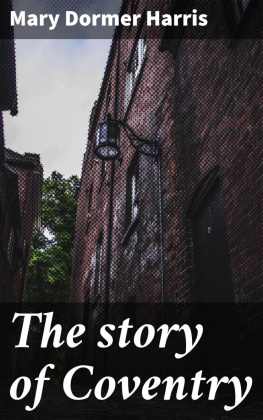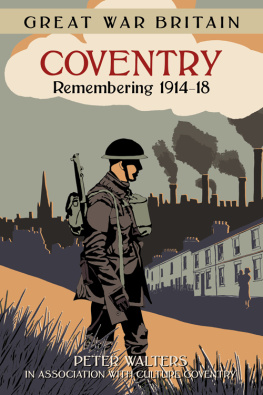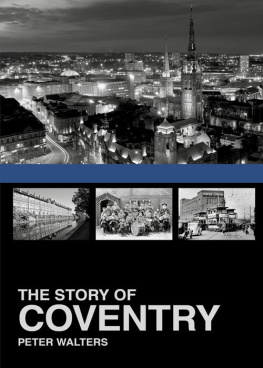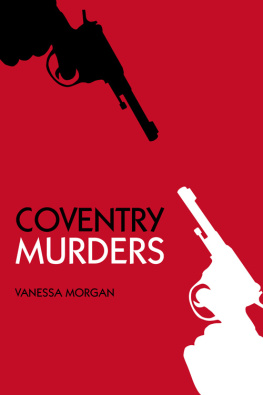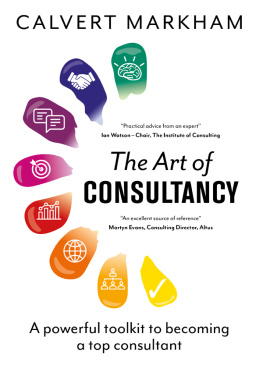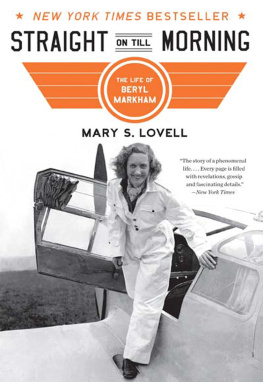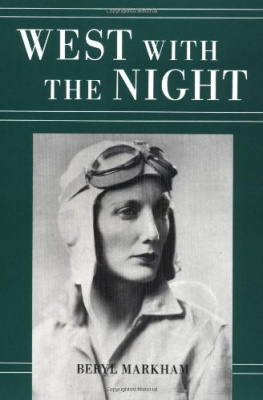Dedication
For Two True Sky Blues
Christopher and Anita McKeogh
First published in Great Britain in 2014 by
PEN & SWORD MILITARY
an imprint of
Pen and Sword Books Ltd
47 Church Street
Barnsley
South Yorkshire S70 2AS
Copyright Leonard Markham, 2014
ISBN: 978 1 78346 397 8
PRINT ISBN: 978 1 47382 840 7
EPUB ISBN: 978 1 47384 505 3
PRC ISBN: 978 1 47384 498 8
The right of Leonard Markham to be identified as the author of
this work has been asserted by him in accordance with the Copyright,
Designs and Patents Act 1988.
A CIP record for this book is available from the British Library
All rights reserved. No part of this book may be reproduced or transmitted
in any form or by any means, electronic or mechanical including
photocopying, recording or by any information storage and retrieval
system, without permission from the Publisher in writing.
Printed and bound in England
by CPI Group (UK) Ltd, Croydon, CR0 4YY
Typeset in Times New Roman by Chic Graphics
Pen & Sword Books Ltd incorporates the imprints of
Pen & Sword Archaeology, Atlas, Aviation, Battleground, Discovery,
Family History, History, Maritime, Military, Naval, Politics, Railways,
Select, Social History, Transport, True Crime, Claymore Press,
Frontline Books, Leo Cooper, Praetorian Press, Remember When,
Seaforth Publishing and Wharncliffe.
For a complete list of Pen and Sword titles please contact
Pen and Sword Books Limited
47 Church Street, Barnsley, South Yorkshire, S70 2AS, England
E-mail:
Website: www.pen-and-sword.co.uk
Pack up your troubles in your old kit bag,
And smile, smile, smile,
While youve a lucifer to light your fag,
Smile boys thats the style.
Refrain of the men of Coventry
as they turned their backs on the three spires
and marched off to war.
Eighteenth century etching of Coventry panorama.
(Leonard Markham Archive)
I waited for the train at Coventry,
I hung with grooms and porters on the bridge,
To watch the three tall spires; and there I shaped,
The citys ancient legend into this
The first four lines of Tennysons poem Godiva written in 1840
Preface by the Author

At the time of the commissioning of this work, I knew very little about Coventry and its people. As a recently arrived resident of Kenilworth, I had an overriding, false impression of the great metropolis on my doorstep as a workaday place, famous only for the legend of Lady Godiva. Having only casually visited Coventry, my initial impressions were of a city still haunted by the terrible events of two world wars, its fortunes further depressed by the changing global nature of industry and the scourge of unemployment. But then I took to the streets on foot, talked to its residents and opened its ancient books, casting a searchlight on a more accurate reality, realising that the Coventry bedrock is over a thousand years of monastic and spiritual history. I found ingenuity, invention, enterprise, hard work and dedication, stoicism in adversity and an abiding capacity for adaptation, many generations of newcomers from across the globe adding verve and colour to an international beacon city that in its modern aspirations leads the world in fostering peace and reconciliation.
Any newcomer to this city on the hill naturally wanders to the gaunt eminence dominated by the ruins of Coventry Cathedral. Everybody should go there and go there they must. Not to weep or be melancholy at the death and destruction wrought by the Luftwaffe on that fateful night in 1940 but to be inspired. For that ruin has been and perennially is a springboard for renewal. Its remarkable energy flows into the soaring rafters of the replacement cathedral next door, spreading out to the nearby council chamber, the university, the commercial precincts and beyond. This soul of Coventry the worlds first Twin City, linked with Stalingrad during the Second World War and Hiroshima shortly afterwards helps define the town, and its noble purpose reflected in its designation as a City of Peace and Reconciliation and the establishment of a Centre for the Study of Forgiveness at the university in 2000.
This book tells the necessarily abridged but unadorned story of Coventry during the Great War of 1914-18. The mood in those desperate years changed from one of jingoistic excitement at the outset to one of dour resignation, degenerating into sunken-eyed melancholia and bitterness at the end. These moods were reflected in the sentiments of the popular songs of the period and I have used the titles and lyrics of some of these as my chapter headings
My ancestors fought in the Great War but, two generations on, my knowledge of the conflict has been vague and sketchy until now. The book is largely a record of triumph in adversity but some of the descriptions of the lives of both combatants and civilians are upsetting. Unapologetically, I retell the stories of these Coventrians faithfully and without embellishment so that readers can, in some small way, get a whiff of the odour of fear and despair both at home and on the battlefield. Amidst all the mayhem and carnage, the story I found the most shocking and abhorrent of all was that of Private Albert Troughton, who was executed in April 1915. His death is described currently by the Shot at Dawn Campaign, who seek pardons for the 306 men who were despatched by firing squad during the war, as: Judicial murder. They were brutally gunned down not in the name of justice but as a stupid, spiteful and shameful example to others.
The plethora of archival material available would sink a dreadnought so I have had to be selective. My aim has been to try to give varied snapshots of ordinary lives, working conditions and events, detailing the fears, hopes, dreams and tragedies of home life in the city, interspersed with a juxtaposed but limited selection of relevant military narratives from across the world to give a wider perspective and balance and to give a feel for the international events that touched the lives of Coventry people.
In this centenary year of 2014, I hope I have been successful.
Leonard Markham
Kenilworth
2014
Note: Headings under the Three Spires logo spotlight varied aspects of domestic life in the city the Royal Warwickshire Regiment logo introduces relevant military material.
Introduction
Harry Patch, The Last Surviving Tommy died, aged 111, at a Somerset nursing home in 2009, his demise bringing to a close the fighting mans memory of the Great War. In this centenary year of 2014 there are still alive a very small number of other centenarians who witnessed the outbreak of the conflict as young children but soon they, too, will be gone, leaving the events of 1914-18 to our ancestors and the historians. Many books and pamphlets have been written about the contributions and sacrifices service men and women from Coventry made to the war effort. For now, we will not add to their number, although one hundred years on, it seems wholly appropriate to remember and honour in a commemorative book the civilians of this great city who invested so much of their labours and skills, energies and ultimately lives in supporting the monumental struggle with Germany and her allies.








